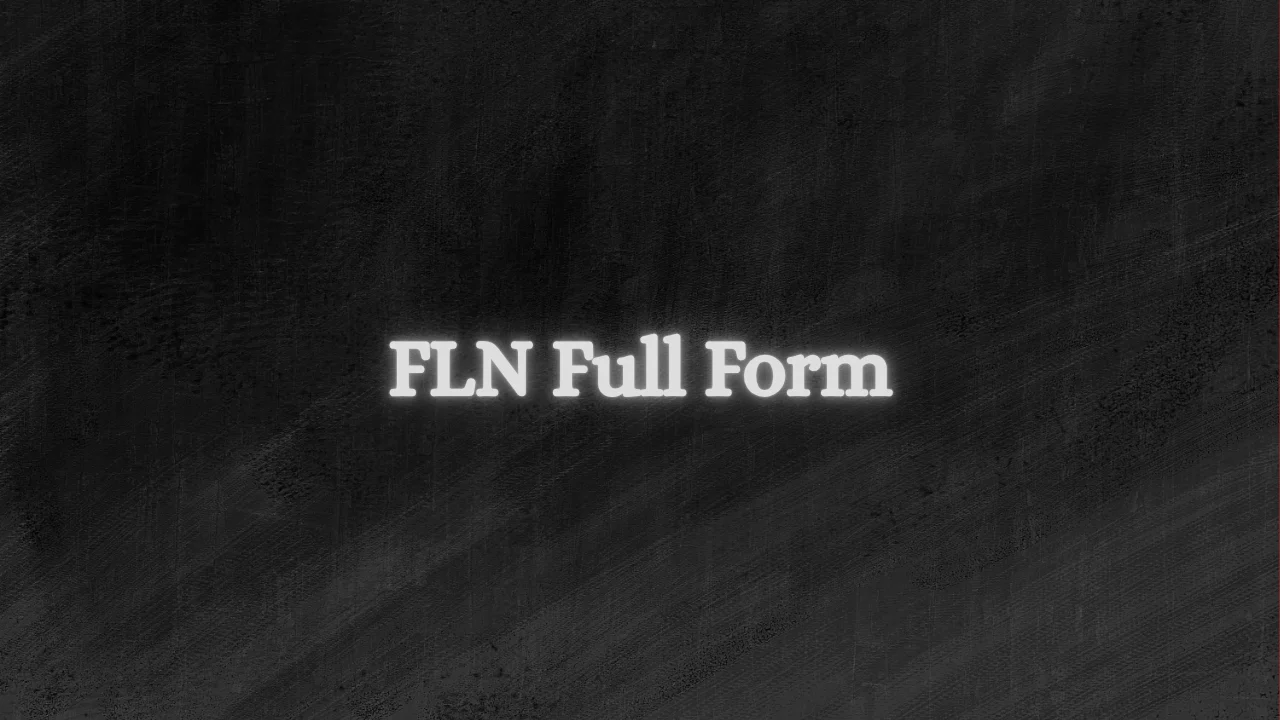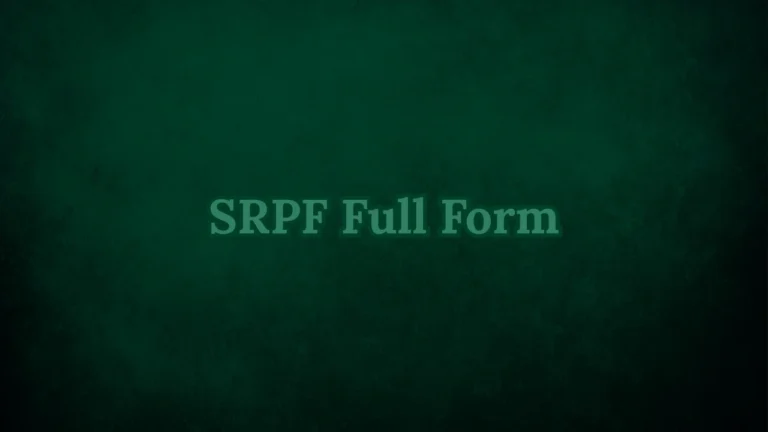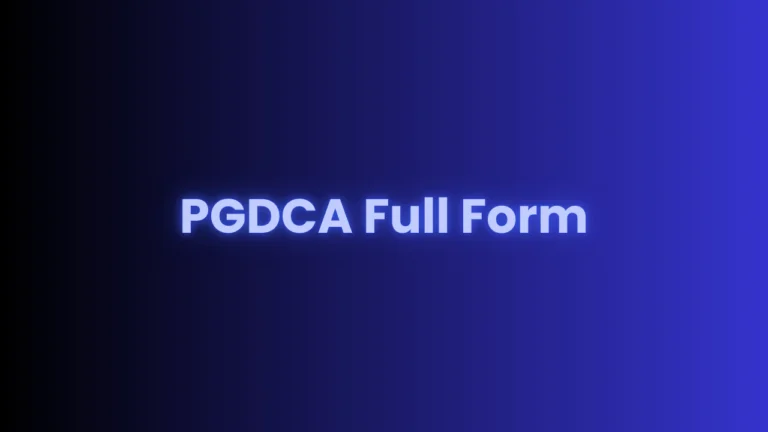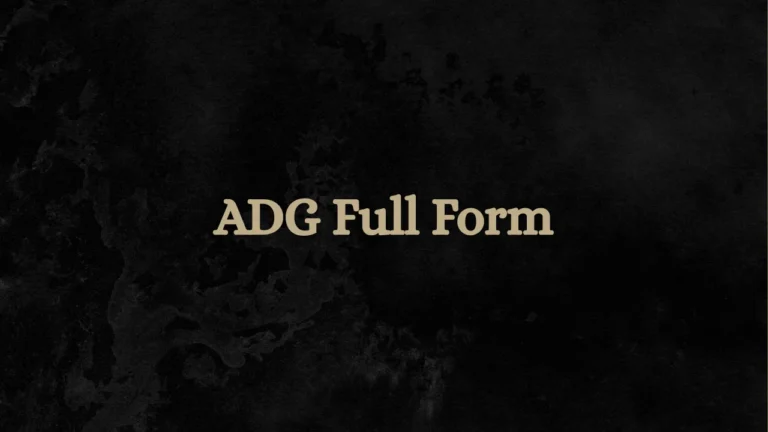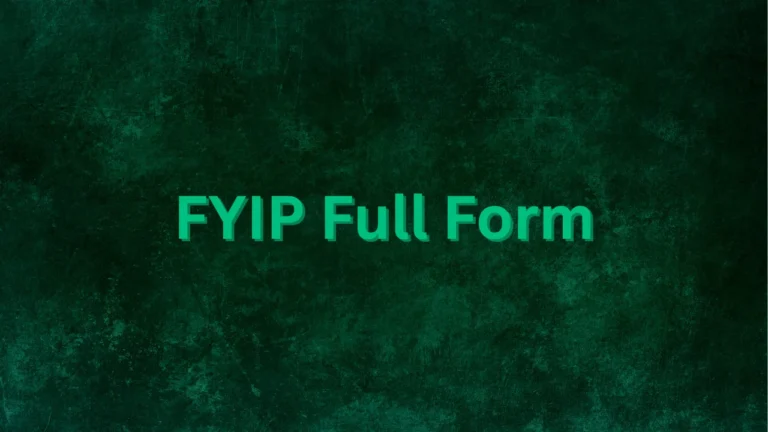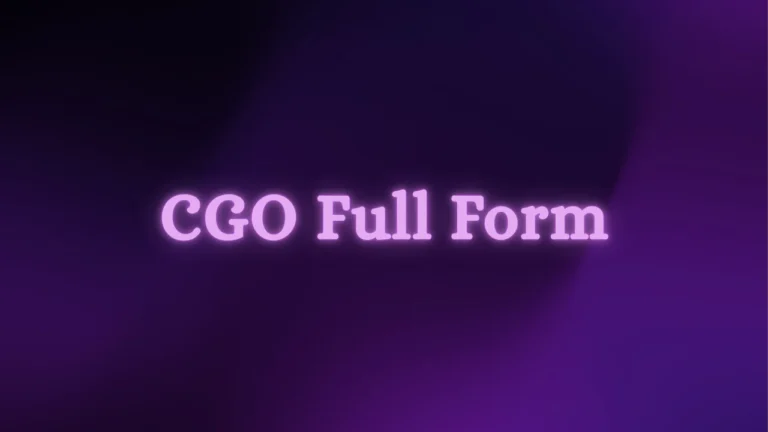FLN Full Form in Education and Other Fields 2025
In the world of education and policy, acronyms hold powerful meanings. One such important term is the fln full form, which has become a key part of global education discussions. Just like knowing what DMO Full Form stands for helps in understanding administrative systems, understanding FLN opens the door to educational reform.
The fln form plays a critical role in shaping how young students learn basic reading, writing, and math skills. It represents a foundation that determines a child’s lifelong learning ability. This article explores what FLN means, why it matters, and how it is transforming classrooms.
| Aspect | Description | Impact on Education |
|---|---|---|
| Full Form | Foundational Literacy and Numeracy | Builds early reading, writing, and arithmetic skills |
| Field | Education and Early Childhood Learning | Strengthens base for lifelong learning |
| Objective | Ensure every child achieves literacy and numeracy by age 8 | Improves learning outcomes and confidence |
| Importance | Forms the groundwork for advanced education | Reduces dropout rates and improves comprehension |
| Global Relevance | Adopted in education reforms worldwide | Supports Sustainable Development Goal 4 (Quality Education) |
FLN Form in Education
The primary field connected to the FLN Form is education, particularly primary and early childhood education. It focuses on ensuring that every child learns to read, write, and perform basic arithmetic before reaching higher grades.
In this field, teachers use playful and activity-based learning to make reading and math fun. Educational institutions train teachers to use phonics, storytelling, and hands-on counting methods to strengthen foundational learning. The education field is the heart of FLN, where theory turns into real classroom practice.
FLN Form in Early Childhood Development
Another major field linked with the FLN Form is early childhood development (ECD). This field studies how children grow intellectually, emotionally, and socially from birth to age eight.
Professionals in ECD focus on how children learn through play, language, and interaction. They design teaching materials and learning spaces that support curiosity and exploration. The FLN mission depends on understanding how young minds develop, making early childhood development essential for building literacy and numeracy skills.
FLN Form in Educational Psychology
The field of educational psychology plays a vital role in implementing the FLN Form effectively. It studies how children think, learn, and process information during their early learning stages.
Educational psychologists research methods to improve concentration, memory, and motivation among learners. They also help teachers identify learning difficulties, such as dyslexia or math anxiety, and create strategies to support those children.
FLN Form in Public Policy and Educational Planning
The FLN Form also connects closely with public policy and educational planning. Governments and policymakers create national programs to promote foundational learning across schools.
For example, initiatives like NIPUN Bharat Mission in India were designed through educational policy frameworks. This field ensures that resources, funding, and teacher training programs are available to help every child achieve literacy and numeracy goals.
FLN Form in Teacher Education and Training
The success of the FLN Form depends on how well teachers are trained to teach foundational skills. This is why the field of teacher education and professional training is deeply related.
Teacher education programs prepare instructors to use innovative classroom practices. They learn child psychology, classroom management, language teaching methods, and interactive math strategies.
FLN Form in Educational Technology (EdTech)
In today’s digital age, the FLN Full Form also connects with the growing field of educational technology, often called EdTech. Digital tools, mobile learning apps, and AI-powered learning games are transforming how young children learn to read and count.
EdTech makes foundational learning more engaging and accessible. Teachers can use digital platforms to track progress, provide personalized lessons, and create interactive quizzes.
FLN Form in Language and Literacy Studies
Another field closely tied to the FLN Form is language and literacy studies. This area focuses on how children acquire language, learn to read, and develop comprehension skills.
Experts in this field design reading materials that suit different linguistic backgrounds. They also help schools teach in local or mother-tongue languages, which improves understanding in early learning years.
FLN Full Form in Mathematics Education
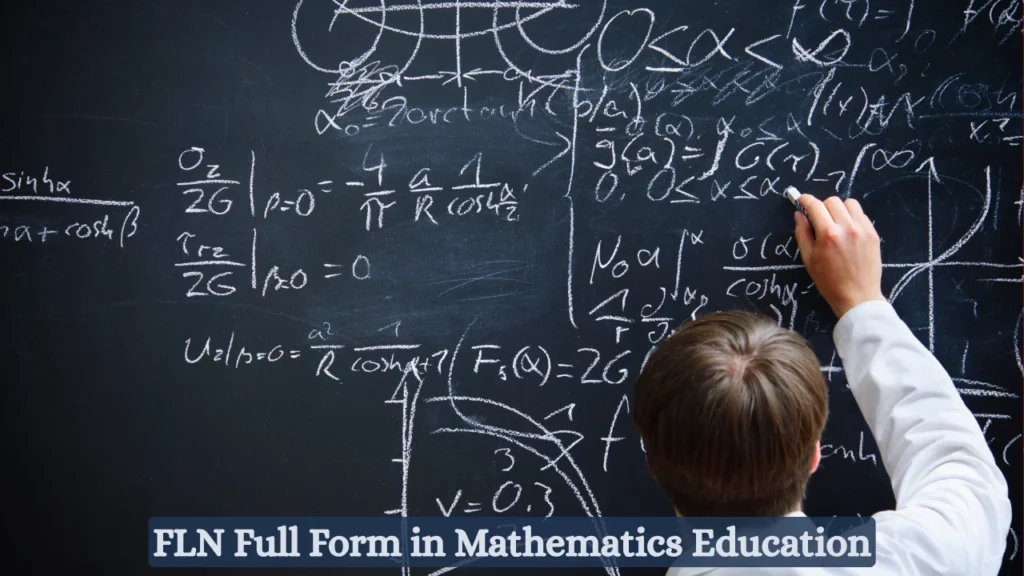
Since numeracy is a key part of the FLN Form, mathematics education is another vital field. It focuses on teaching basic arithmetic, shapes, patterns, and logical reasoning.
Math educators develop curriculum materials and hands-on learning techniques, such as using blocks or real-life examples, to make math enjoyable for young learners.
Common Challenges in Implementing FLN
Although the fln form looks simple, achieving it in real life can be challenging. Many schools face problems such as a shortage of trained teachers, lack of learning materials, and overcrowded classrooms.
Language diversity also creates barriers, as children may speak one language at home and learn in another at school. This can slow down literacy progress.
Socioeconomic inequalities, poor infrastructure, and limited community involvement further affect FLN outcomes.
How FLN Get Started
While most people today link fln form to education, the acronym has another historical meaning. In political history, FLN once stood for Front de Libération Nationale—the National Liberation Front of Algeria.
This group led the struggle for independence from French colonial rule in the 1950s and 1960s. Though unrelated to education, it shows that acronyms can carry multiple meanings across contexts.
However, in today’s educational systems, the fln form nearly always refers to Foundational Literacy and Numeracy rather than political movements.
Comparing FLN and BSMS Full Form
To understand the range of educational acronyms, let’s look at another example—BSMS Full Form. It commonly refers to Bachelor of Science in Medical Sciences, a higher education degree focused on medicine and research.
While BSMS applies to specialized university study, the fln form applies to early learning. One builds professional expertise, while the other builds the base for all future learning.
Both matter, but FLN ensures that a child can even reach the stage of studying advanced subjects like BSMS. Without foundational skills, higher education becomes out of reach.
How FLN Is Measured and Evaluated
To track the success of the fln form, governments and institutions use assessments to measure reading and numeracy levels.
By Grade 1, a child should recognize alphabets and count numbers up to 100. By Grade 2, they should read small sentences and perform simple arithmetic. By Grade 3, they should read stories independently and solve addition, subtraction, and basic geometry problems.
| Grade | Reading Skills | Numeracy Skills |
|---|---|---|
| Grade 1 | Identify letters, words, simple sentences | Count to 100, identify shapes |
| Grade 2 | Read short stories, understand meaning | Add, subtract, compare numbers |
| Grade 3 | Read fluently and comprehend | Multiply, divide, measure, estimate |
This structure helps track student progress and guides teachers on what to focus on next.
Community Role in Supporting FLN
Schools alone cannot achieve the fln form. Parents and communities play a vital role. Reading with children at home, encouraging them to ask questions, and involving them in counting games make learning continuous.
Local libraries, NGOs, and volunteers can also contribute by donating books and organizing storytelling sessions. When the community values learning, the child feels motivated to succeed.
The fln form succeeds when education becomes a collective mission shared by schools, families, and society.
The Long-Term Benefits of Achieving FLN
Achieving the fln form brings lifelong advantages. Children who learn to read early become more confident learners. They perform better academically and develop problem-solving and communication skills.
Countries that focus on FLN see lower dropout rates, better literacy statistics, and stronger economic growth. Educated citizens contribute more effectively to society, reducing poverty and inequality.
In short, fln form is not just about reading or counting—it’s about building a smarter, more capable future generation.
What’s Coming Next in FLN
The future of the fln form lies in collaboration. Governments, teachers, NGOs, and international bodies must work together. Policies must focus on training teachers, providing quality materials, and creating engaging curriculums.
Continuous monitoring, adaptive learning tools, and local-language textbooks can make FLN more effective. Nations that invest early in foundational literacy and numeracy secure long-term educational success.
Conclusion
The fln full form, meaning Foundational Literacy and Numeracy, stands at the heart of every successful education system. It defines the basic skills children must acquire to build knowledge, confidence, and future success.
From classrooms to government policies, the focus on FLN continues to grow. It is the key to transforming societies, reducing inequality, and preparing future generations for modern challenges.
So, the next time someone asks you about the fln form, you’ll know it’s not just an acronym—it’s a mission to give every child the tools to learn, dream, and achieve.
